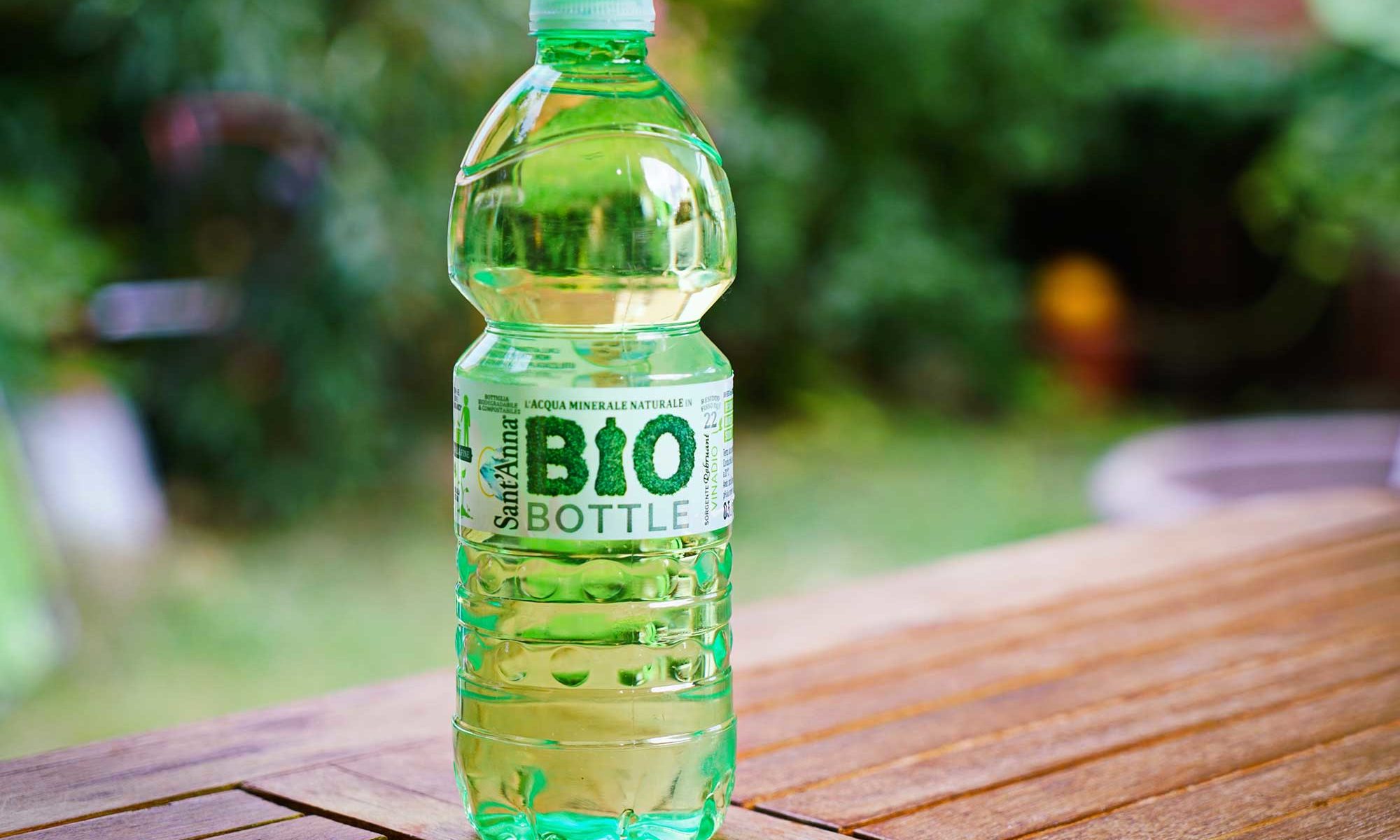With its newest study, Ceresana has examined the world market for “green” polymers for the fifth time. Analysts predict their future development to remain dynamic: revenues generated with bioplastics are expected to reach approx. $ 4.4 billion by 2026.
Two groups
Two groups of materials are called bioplastics, although they are not necessarily identical: there are biodegradable plastics can be composted, as well as bio-based plastics that are made of renewable resources but are not biodegradable. Biodegradable plastics, such as polylactic acids (PLA) and polymers on the basis of cornstarch, reached a market share of 56% of the total market for bioplastics in 2018. Ceresana predicts volume growth of 7.1% per year up until 2026 for this product group. Growth regarding bio-based plastics such as polyethylene, PET, or PA made of sugar cane, which are not biodegradable, is expected to be weaker, with 5.1% per year.
Packaging main application
The study analyzes the development of bioplastic usage in various sales markets in detail. Demand is subdivided into the categories rigid and flexible packaging, consumer goods, automotive and electronics, and other applications. The most important sector for sales of bioplastics in 2018 was the packaging industry – more than 60% of bioplastics were processed to bags, sacks, and other types of packaging. However, Ceresana expects the highest percentage increase in the future for the category automotive and electronics with 8.4% per year.
Manufacturers and processors of bioplastics are facing great challenges: prices, availability, and quality need to be able to compete with fossil resources. Alternatively, they must offer added value in order to justify the price difference to consumers. Recycling and composting are an advantage for many applications. However, the existing infrastructure of disposal companies plays a decisive role in this respect: problems arise when plants are not designed to separate bioplastics or when they are unable to biodegrade them. Temperatures that are needed for quick composting of bioplastic bags are, for example, nor always reached.



